[Autohome professional evaluation] Not long ago, the 2021 model (|) was officially launched in China. We thought this was another era change that only fine-tuned the configuration price. After carefully comparing the parameter table, we found that the manufacturer had quietly replaced the GLE 450 with a new 2.5T engine. Although it is still an inline 6-cylinder, what is the reason for the lack of this 0.5L displacement? Does it affect the power? To this end, we specially got the new test drive car and tested it. Through the test results, we will answer your doubts.


What impact will the launch of the new model have on consumers?
The 2021 Mercedes-Benz GLE first adjusted the prices of some models, reducing the prices of the GLE 350 dynamic, GLE 450 dynamic and GLE 450 fashion models by 15,000, 35,000 and 9,000 yuan respectively. According to the latest vehicle and vessel tax regulations, the new GLE 450 models, due to the reduction in displacement, the vehicle and vessel tax will be reduced by nearly half compared with the 2020 GLE 450.

As the top model of the GLE 450 4MATIC luxury model, while the price remains unchanged, in addition to replacing the new engine, the 2021 model only adds the remote OTA and rear multimedia control functions of the car, which is relatively small. Therefore, our test mainly focuses on the changes brought about by the new power.
◆ Power feeling:
First of all, let’s talk about this engine. Since the information revealed by this engine is quite limited, and there is no GLE model equipped with this engine overseas, its existence seems somewhat mysterious. The nameplate shows that the engine is codenamed "M256 925". Compared with the 3.0T engine codenamed "M256 930", it is easy to see that these two engines belong to the sibling relationship between the same series, and the suffix "25" number also corresponds to the displacement of 2498mL. According to our previous understanding of modern engines, the difference in displacement between the two engines is most likely achieved by replacing the connecting rods and crankshafts of the new specification. Such changes are usually reflected in the power data and power output style. However, the power data of this new engine is on par with the previous 3.0T engine, the difference only existing in the narrower output speed range, which is more or less surprising.

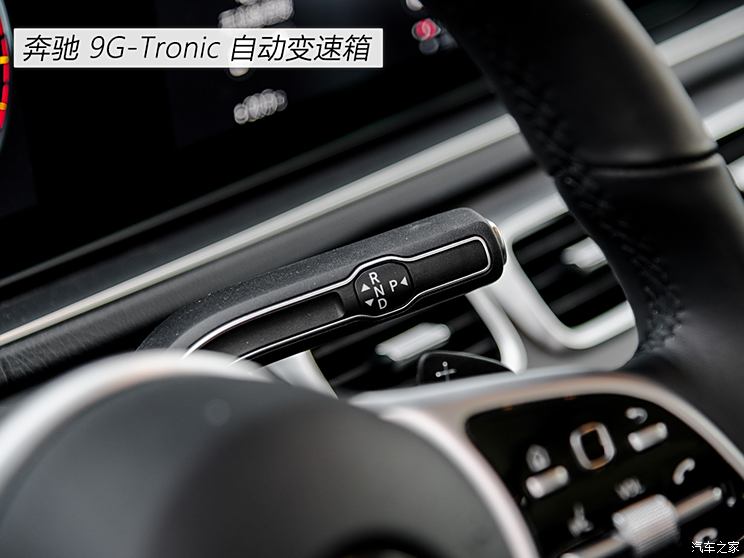
The 2.5T engine has all the advantages of the previous 3.0T engine, and has been carefully built under the dual concept of modularity and electrification from beginning to end. The water pump and air-conditioning compressor no longer need to be driven by a belt, so that the engine can be carried lightly. With a smaller size and more powerful integrated 48V start motor, it can adapt to the needs of frequent starts and stops as much as possible. The combination of "electronic turbine + exhaust gas turbine" well solves the problem of insufficient low inertia stamina and obvious hysteresis of large inertia turbines. In addition, the inspired integrated electric motor with a coaxial design between the engine and the gearbox can also provide an additional driving force of about 21 horsepower to play the role of power connection and kinetic energy recovery, and cooperate with the coasting function to play the purpose of fuel saving.

Although the new engine has narrowed the speed range corresponding to the maximum horsepower and maximum torque in terms of parameters, in actual driving, even if you stare at the meter to feel it, you still can’t feel any difference between it and 3.0T. The influence of the traditional internal combustion engine "bore × stroke" setting on the output characteristics has become blurred. In short, the whole set of power still feels like a strong low-speed torque and a rich power reserve at high revolutions.

Although BMW’s ZF 8AT is compared with Mercedes-Benz’s 9AT every time, the conclusion is that the former is slightly better than the latter in all aspects, but in fact, after the introduction of 48V motors, this gap has almost reached the level of insignificance.
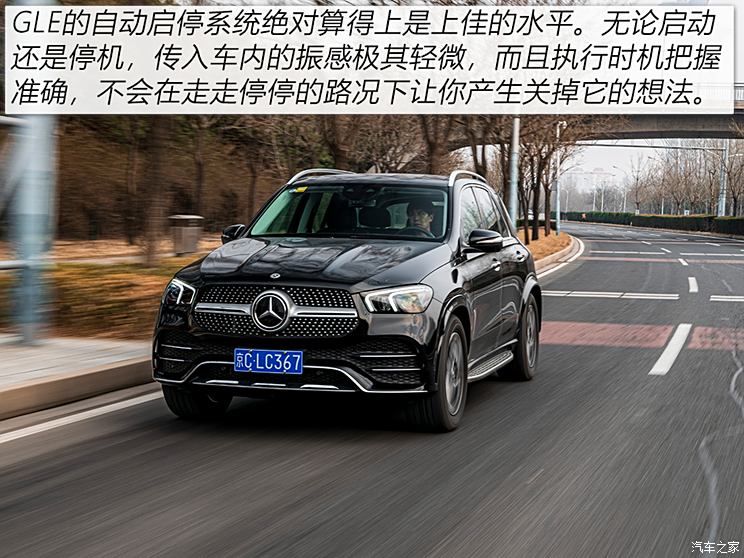
During the test, I have repeatedly given the throttle a "sudden attack on the old comrade" after stopping. As a result, the start-stop function can wake up the power at the first time, and it can drag the vehicle away in a straight-line acceleration performance without any hesitation, as if the engine has never stopped working.
◆ 0-100km/h acceleration test
The starting speed in place is still limited to the range of 2400rpm, and the power combination is very fast at the beginning, unlike some models equipped with dual-clutch transmissions. With the help of the OurHours four-wheel drive system, it is even more difficult to experience wheel skidding.



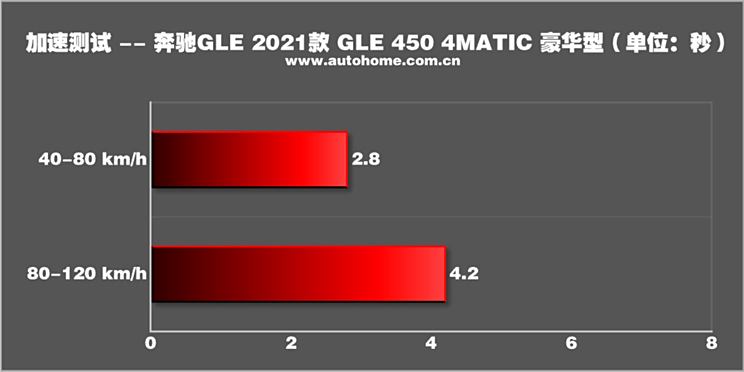

The acceleration of 6.25s was only 0.3s slower than before, and there was no difference in the general human body. Compared with the main competitors of the same level, its acceleration score still belonged to the same echelon.
◆ Fuel consumption test:
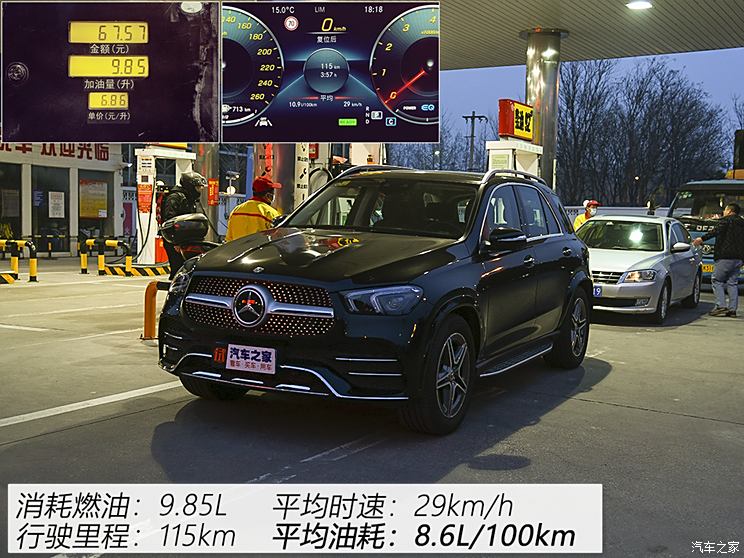
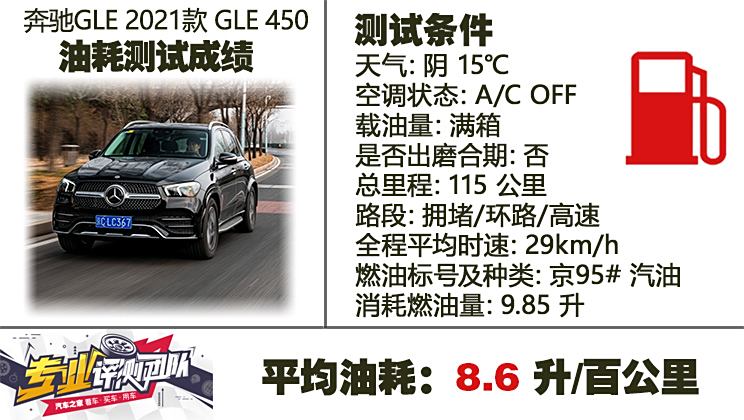
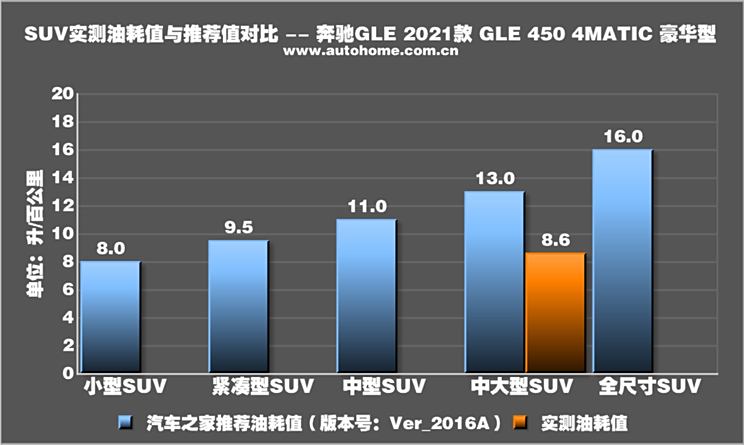
The whole test was carried out in ECO mode with the air conditioner turned off. The fuel consumption of 8.6L/100km is really an excellent result for a medium and large SUV weighing more than 2 tons and OurHours four-wheel drive. Compared with the previous model equipped with 3.0T engine, the fuel consumption performance is also significantly reduced. It can be said that this new power system combining 48V hybrid technology strikes a new balance between power and fuel economy.
关于作者